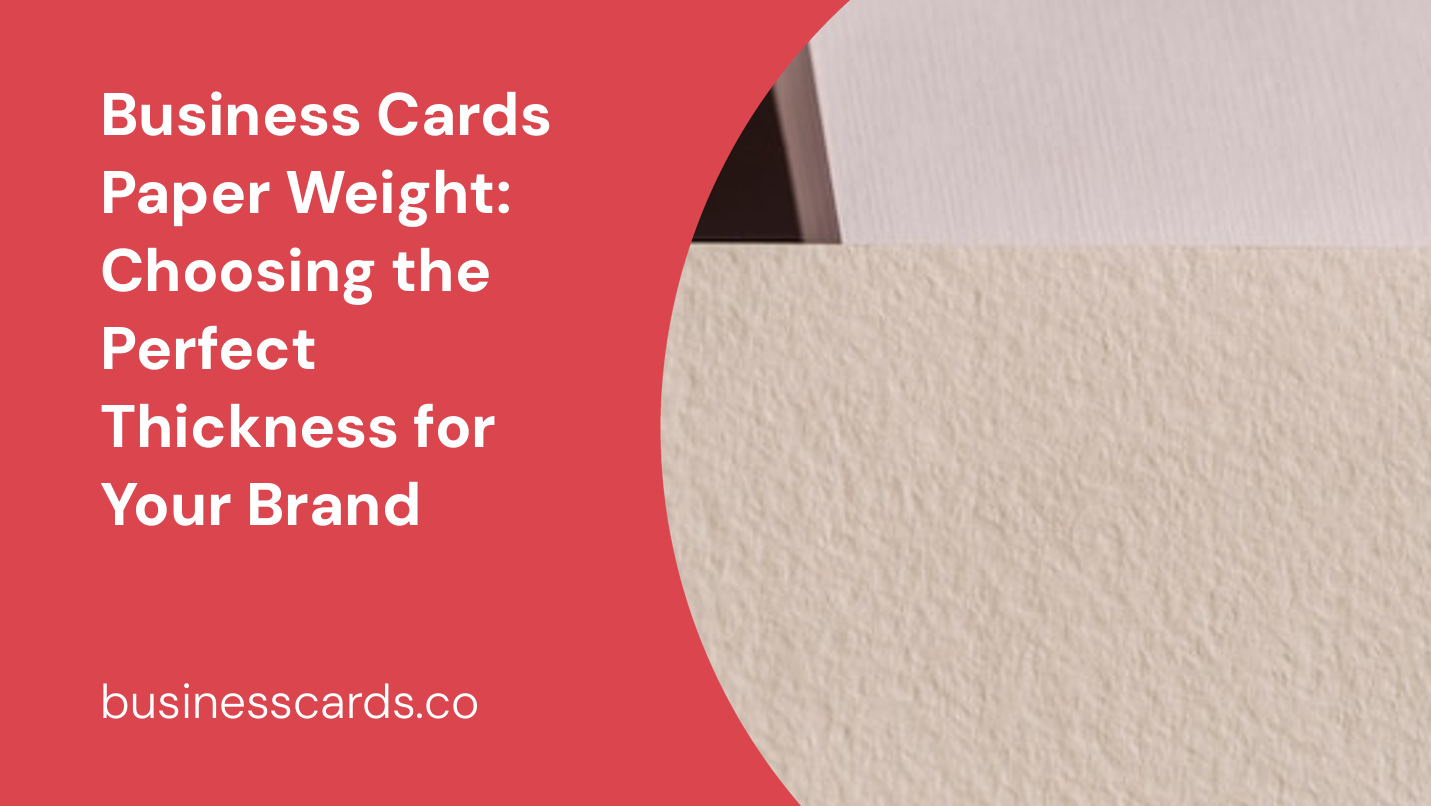
In today’s digital age, where online platforms dominate the business landscape, it is easy to overlook the power of traditional marketing tools. Business cards, for instance, remain a significant element in networking and leaving a lasting first impression. When designing a business card, one crucial aspect to consider is paper weight. The paper weight you choose not only affects the durability and longevity of your cards but also reflects the professionalism and quality of your brand. In this article, we will explore the importance of business cards paper weight and guide you in selecting the perfect thickness for your unique needs.
Understanding Paper Weight
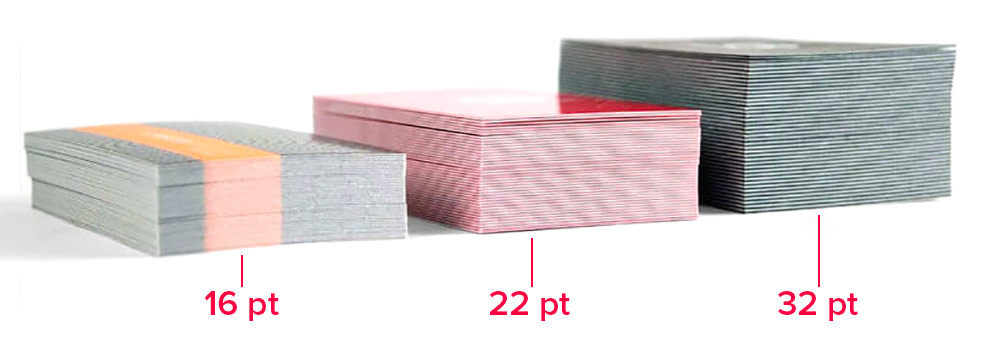
Before delving into the considerations for choosing paper weight for business cards, it is essential to understand what paper weight actually means. Paper weight refers to the thickness and sturdiness of a sheet of paper, typically measured in pounds (lb) or grams per square meter (gsm). The higher the weight, the thicker and more durable the paper tends to be.
Different paper weights have a variety of applications, from general office use to packaging materials. Understanding the range of weights available will help you make an informed decision when selecting the weight for your business cards.
Factors to Consider
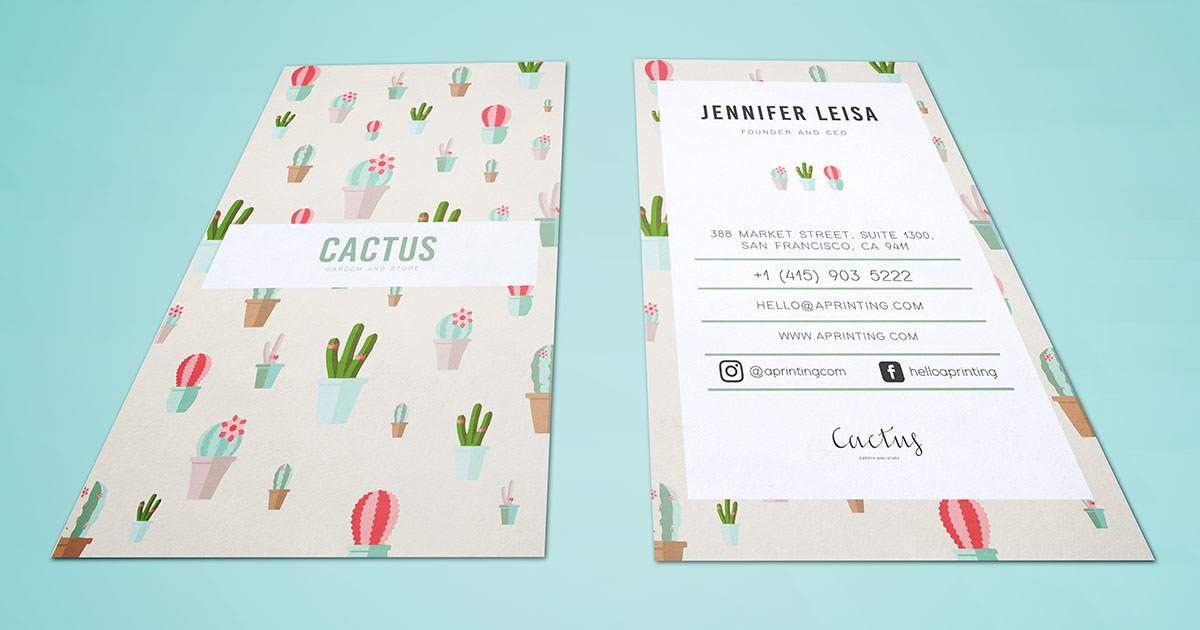
1. Brand Image and Perception
The paper weight of your business cards plays a significant role in shaping your brand image and perception. Thin and flimsy cards tend to convey a sense of cheapness and might give the impression that your business lacks attention to detail or professionalism. On the other hand, thicker, sturdy cards exude a premium feel and suggest reliability and quality. Consider your target audience and the message you want to convey when choosing the paper weight for your business cards.
2. Purpose of the Cards
The purpose of your business cards should also guide your choice of paper weight. If you anticipate using your cards frequently, such as in networking events or trade shows, it is advisable to opt for a heavier weight paper. Thicker cards are more resistant to wear and tear, ensuring they withstand repeated handling. Conversely, if you primarily intend to leave your cards at local establishments or casually distribute them, a lighter weight may be more suitable.
3. Printing Techniques and Design
The paper weight can also impact the suitability of various printing techniques and the overall design of your business cards. Thicker papers can withstand different finishes, such as embossing or debossing, as well as specialty printing methods like foil stamping. If you plan to incorporate these embellishments into your card design, consider selecting a higher weight paper that can handle the techniques without compromising its integrity.
4. Portable and Compact vs. Substantial and Noticeable
The size of your business cards will also influence the ideal paper weight. If you prefer compact and portable cards that can easily fit into wallets or cardholders, a lighter weight paper would be more appropriate. On the other hand, if you want your cards to have a substantial presence when handed out, a heavier weight paper will help achieve that desired impact. Consider the balance between portability and presence when evaluating paper weight options.
Common Paper Weights for Business Cards
Now that you understand the factors to consider, let’s dive into common paper weights used for business cards and their respective advantages.
1. Light Weight (100-140gsm)
Lightweight papers are commonly used for business cards, especially when cost-effectiveness is a priority. They offer sufficient durability for casual distribution and are lightweight, making them convenient to carry around. However, it is important to note that light weight papers may lack the premium and professional feel that heavier stocks provide.
2. Medium Weight (160-200gsm)
Medium weight papers strike a balance between cost and quality. They offer better durability and resistance to creasing compared to lighter options. Medium weight cards have a substantial feel and are suitable for most business purposes. They convey a sense of professionalism and are commonly used for business card printing.
3. Heavy Weight (220-300gsm)
Heavy weight papers are the cream of the crop when it comes to business card stock. They offer excellent durability, providing a long-lasting impression. These cards are less prone to tearing and bending and often have a rigid feel, signaling high quality and attention to detail. Heavy weight business cards are ideal if you desire a luxury feel or intend to make a bold statement with your brand.
Making the Perfect Choice
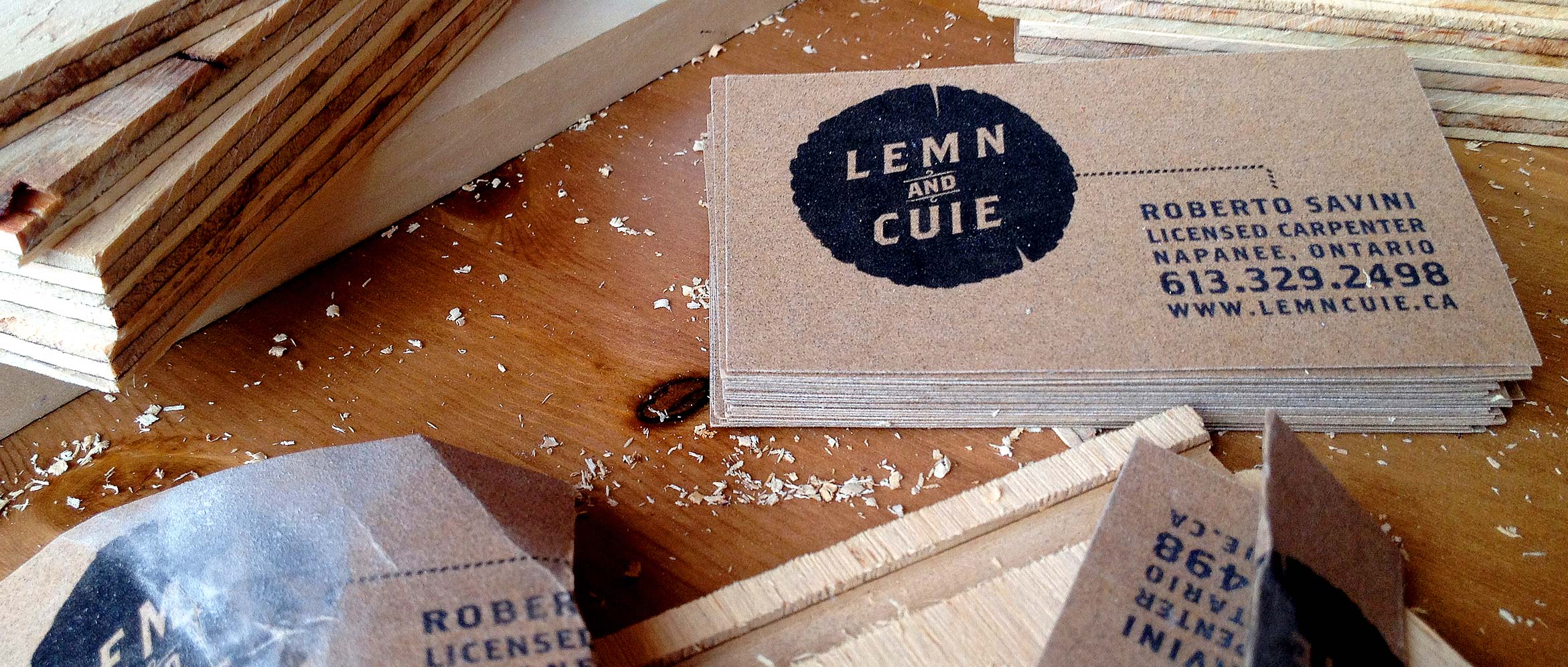
To choose the perfect paper weight for your business cards, start by considering your brand image, purpose, printing techniques, and desired portability. Evaluate the advantages and drawbacks of different weights and find the balance that aligns with your specific needs. Remember that the paper weight you select will contribute significantly to the overall perception of your brand and the effectiveness of your business cards.
Conclusion
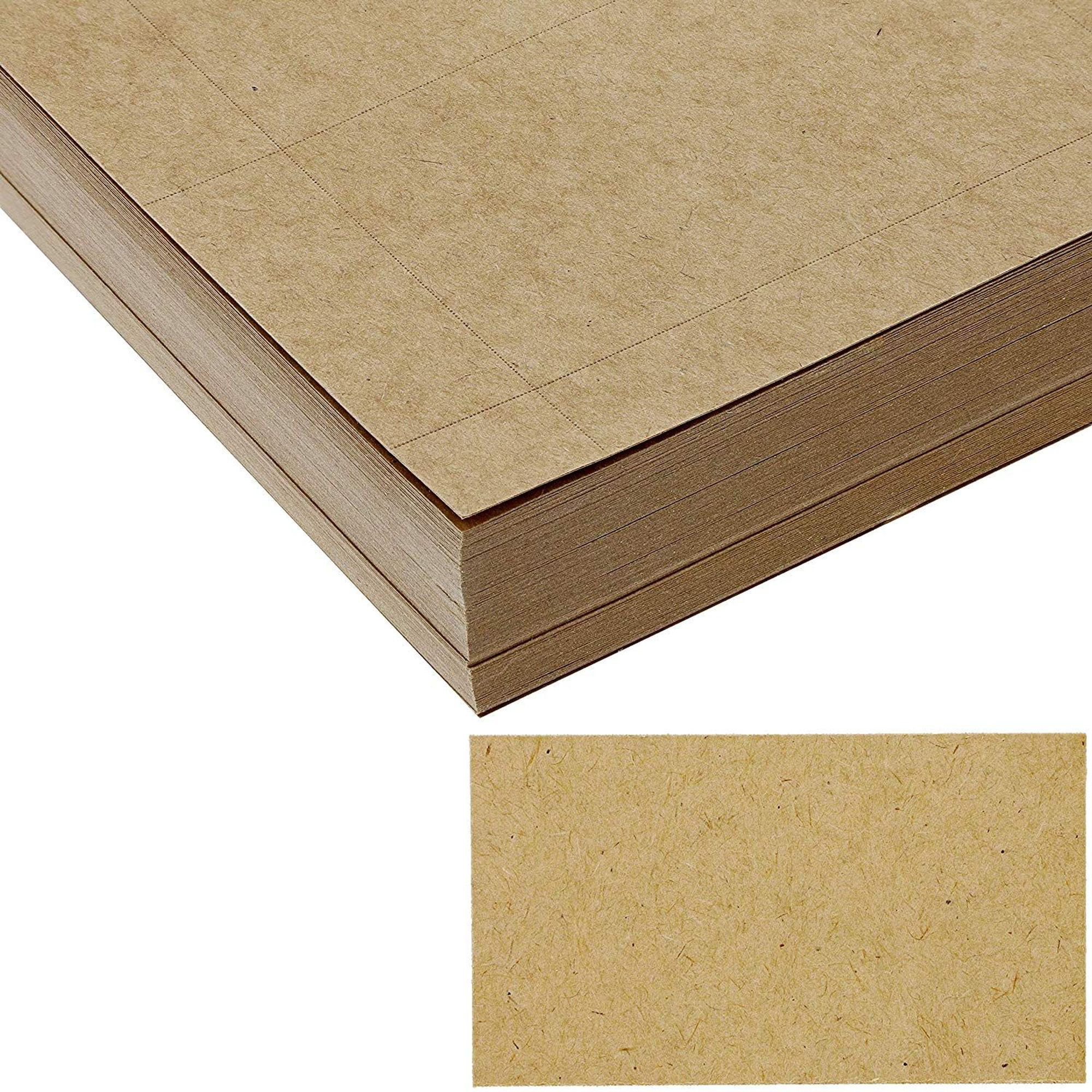
Business cards hold a timeless importance in the world of networking and establishing professional connections. Investing in high-quality cards with the appropriate paper weight ensures durability, reflects your brand image, and leaves a lasting impression on potential clients or partners. Whether you opt for a light, medium, or heavy paper weight, remember to align your choice with your brand values, purpose, and design objectives. With the right paper weight, your business cards can become a powerful marketing tool that elevates your brand and sets you apart from the competition.
Olivia Reynolds, a marketing maven, is passionate about the impact of graphic design on brand success. Her love for outdoor adventures and travel fuels her fresh perspective on the importance of visual aesthetics in business cards and branding.